Consider these three recent stories in the UK, all of them to do with sewers and all from the same week in late March 2024.
“This is the moment we’ve all been waiting for,” Andy Mitchell, CEO of the Thames Tideway ‘super sewer’, told the BBC. The £5 billion Thames Tideway Tunnel runs 16 miles east-west 200 feet underground and is designed to reduce the more than 14 billion litres of untreated sewage that spills into the Thames each year. Due to come online this summer, the cost of the sewer will be paid in higher bills for Thames Water customers in the coming decades.
A second moment. The Environment Agency releases data showing that the amount of untreated sewage spilling into rivers and seas in England has more than doubled. In 2022, there were 3.6 million hours of sewage spills from ‘combined’ sewers – those that carry both sewage and rain in the same pipes.
And a third. The leader of the Liberal Democrats, Ed Davey, argues that the government must declare a national emergency, and convene an urgent meeting of SAGE, the Scientific Advisory Group for Emergencies, to examine “the impact of sewage spills on people’s health. Only by treating the sewage scandal with the urgency it demands can we save our rivers and beaches for future generations to enjoy.”
Three moments in the same week: one celebrating a hugely expensive new sewer in London, one showing that despite the growing clamour of political and public debate sewage pollution is in fact getting worse increasing, and one calling for a national emergency to be declared. These moments highlight two key concerns. One is the urgency – emergency, even – in which action needs to be taken, set against the notoriously slow and eye-wateringly expensive work of building sewer capacity. The other is the question of who is responsible for reversing a damaging and worsening situation.
While regulations on water companies have toughened and they are now better monitored, the UK, like many other countries, lacks a comprehensive sewage strategy. The central government has not set out a new framework that combines state and private investment from water companies that are too often beholden to short-term shareholder profit over long-term environmental, social, and economic needs.
It may seem an odd rallying cry, but we need a new imagination and public celebration of the sewer. When we think of technology and cities today we are likely to think of AI, robots, and the digital, but mundane and ageing infrastructure like the sewer are vital and increasingly so. Untreated waste exposes people and food supplies to pathogens, and damages local waterways, plants, animals, and habitats, both within and downstream of the city. River Action has found that areas of the Thames have 10 times the amount of E.coli bacteria for safety, and there is barely a river in the UK that is in good condition.
It is a global story. In the United States, the Environmental Protection Agency states that cities with ageing sewer systems (typically those with ‘combined’ sewers that carry both waste and rainwater) increasingly violate the federal Clean Water Act. Philadelphia alone has had as much as 11 billion gallons of sewage per year emptying untreated into the city’s local waterways. In November 2021, the Canadian city of Merritt was ordered to evacuate following the flooding of a wastewater treatment plant. Cities are growing across the world, but at least a third of the global urban population lacks access to a sewer connection. Less than 20 percent of people living in urban Sub-Saharan Africa have access to sewers. In Kampala, Uganda, it’s one in ten residents; in Lagos and Mzuzu it is closer to zero. In Palestine, over 90 percent of sewage flows untreated into local areas, farmland, waterways, and aquifers, combining with trash, pesticides, animal waste, medical materials, and construction debris.

(Matt Brown, Creative Commons 2.0 londonist.com/2010/08/a_trip_down_the_fleet_river.php)
Cities face a quadruple challenge that make a new focus on the sewer increasingly vital: urban growth, climate change, ageing infrastructure, and decades of disinvestment. The costs of not responding can be socially and environmentally devastating. Cities with inadequate removal of waste are more vulnerable to disease outbreaks, including cholera – which has experienced a serious comeback globally – as well a range of other infections that exacerbate dehydration, hunger, even stunt bodily growth, and keep people out of school or work. It is the poorest residents and neighbourhoods that are hit hardest, typically located on peripheral urban land more vulnerable to flooding. As a coastal city with poor drainage, Dar es Salaam, to take one example, has been hit by cholera outbreaks during heavy rainfall and floods, and with climate change the regularity and severity of flooding is likely to worsen. In the 2015 and 2016 outbreaks, 5000 cases were recorded. Given that the city’s poorer neighbourhoods are growing at twice the rate of the city more generally, the sanitation challenge is likely to become much before severe before it gets better, and Dar is not alone (I pull together some of these cases in Waste and the City).
Sewers are, to be sure, slow to construct, expensive, and often disruptive to build, particularly in busy cities. They often require large amounts of water, which does not suit dry and warm regions, while in places experiencing increasingly intense rainfall they can fill up and flood surprisingly quickly. There are also some good alternatives to sewers, particular in environmental sanitation or nature-based approaches. There are success stories of toilets turning waste into fertiliser on-site, or tiger worms processing human waste, or community business siphoning methane as fuel from decentralised local septic tanks. These approaches are valuable and have potential but often do not cope well in urban areas with high population densities. The sheer amount of waste, plus the impact of climate change, points inexorably to the need for bigger more widespread sewer systems.
However expensive they are, sewers last and can save environmental and social costs for generations. Some estimates have the savings at as much as 7% of GDP over time, and in some cases, the cost of providing sewers is closer to that of other often less reliable options. Sewers are vitally important for health, environment, economy, and the future of cities. But cases like the Thames super-sewer notwithstanding, the investment is just not happening. Water UK, which represents the water companies, has said it will invest £10 billion in sewage infrastructure while at the same time acknowledging that £60 billion is needed. Addressing this requires a bold state vision that holds private companies to account and which is invests for the long-term. There are perhaps some signs globally that despite the costs and disruption, states are slowly beginning to wake up to the need to position the humble sewer more centrally in the political and public imagination. Given how long it takes to realise progress with sewers a new urgency is badly needed.



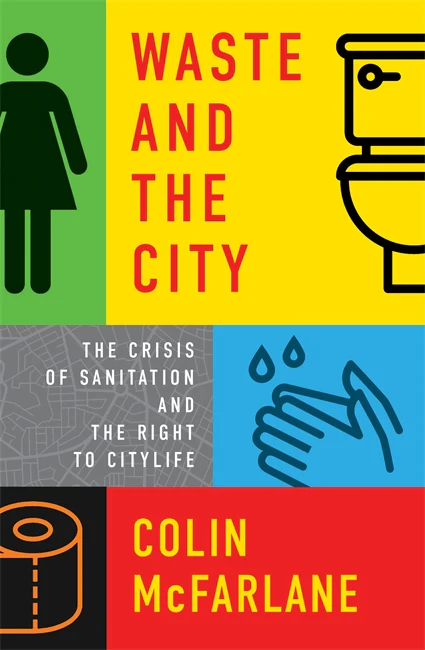
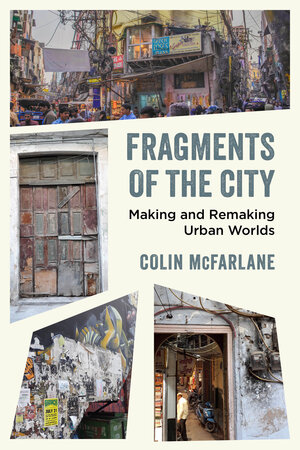
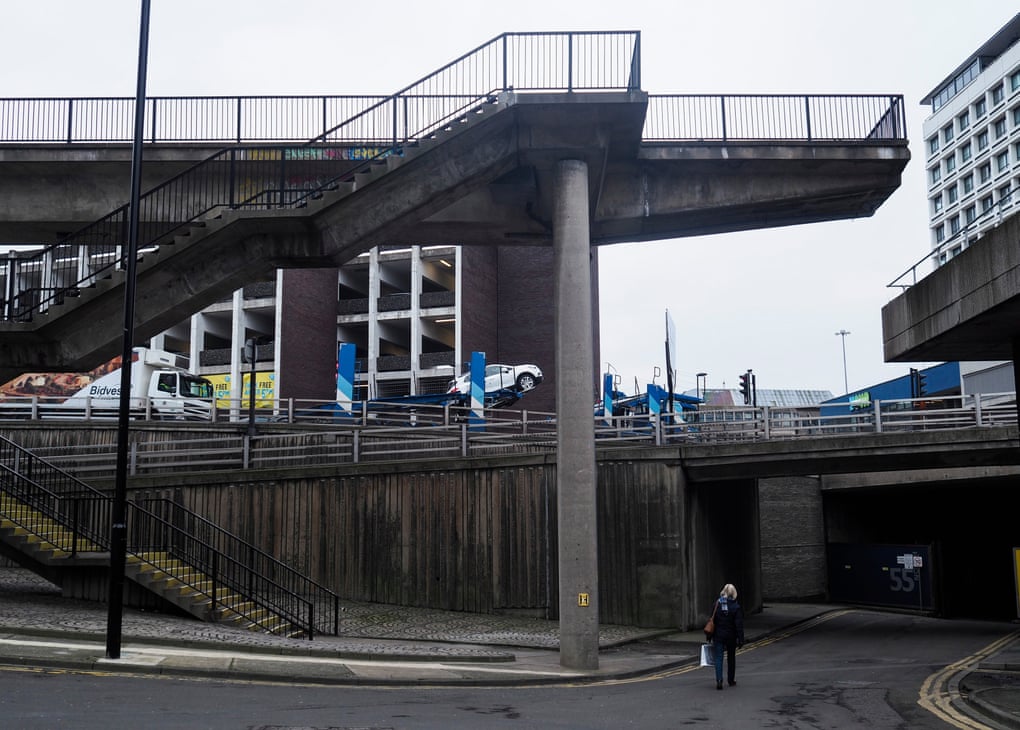
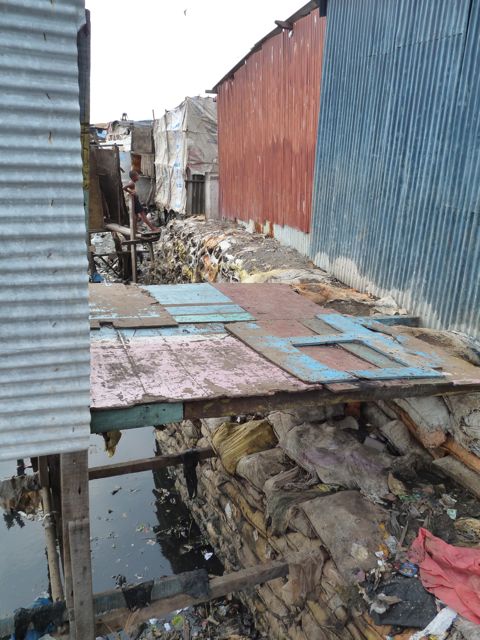
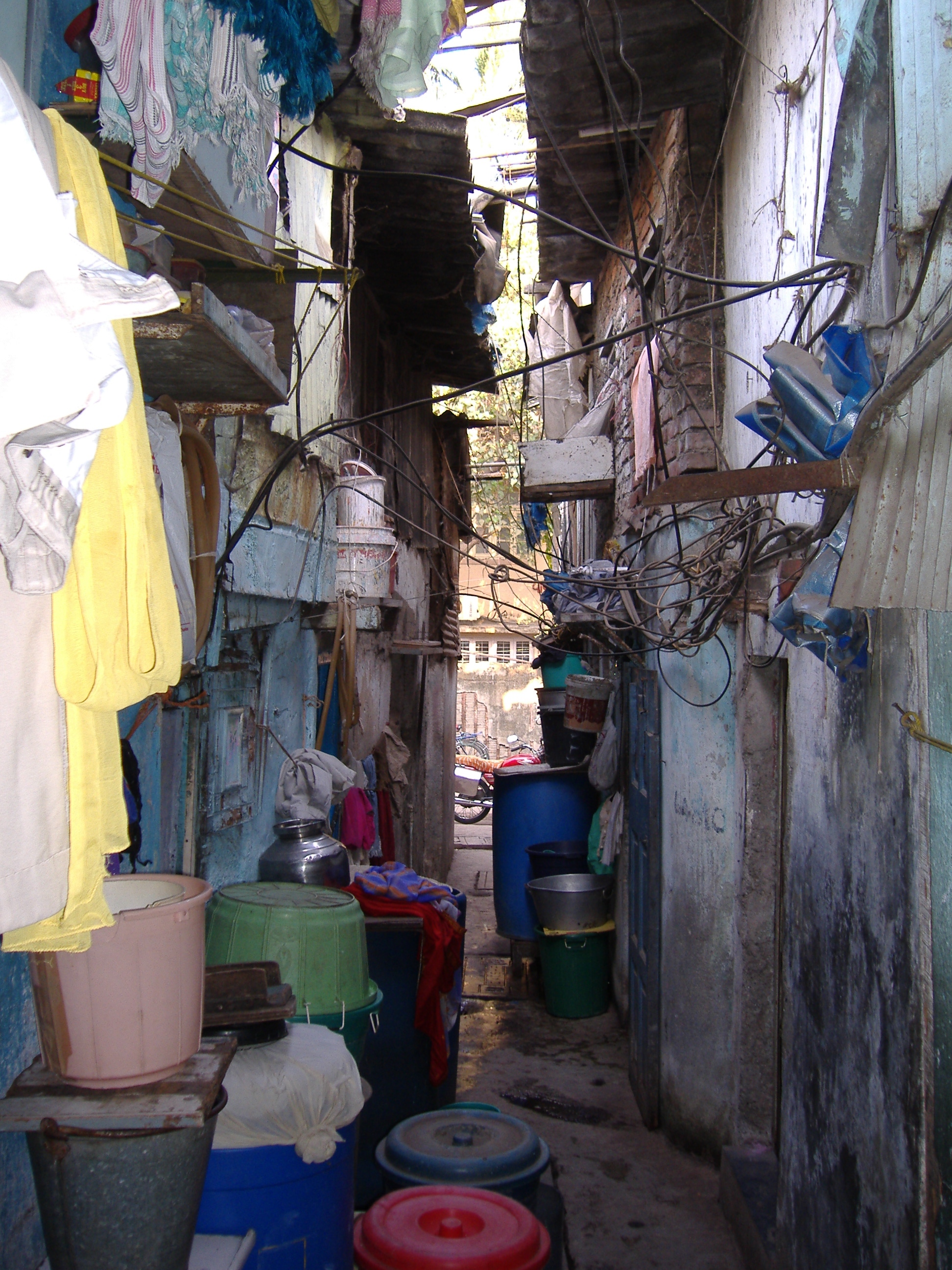
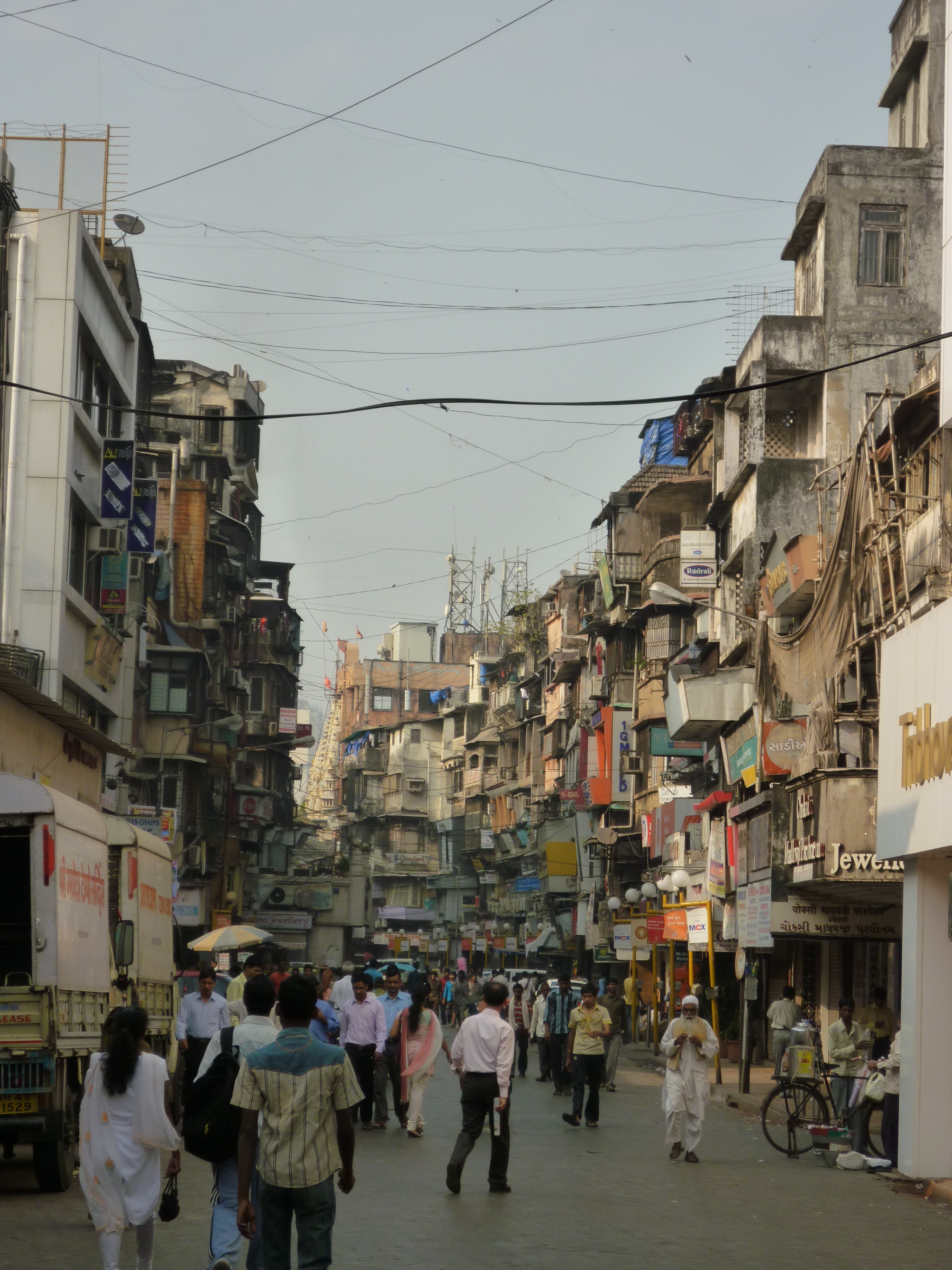 enduring and central element of the city and urban life. It will examine how high urban densities – or ‘intensities’ -are lived and perceived in Asian cities, focusing on Mumbai, Dhaka, Hong Kong, Manila and Tokyo. In doing so, the project will explore several themes that cut-across different sites in urban Asia: urban markets, waste and informality, urban mobility, vertical densities, and ways of seeing and knowing intensity.
enduring and central element of the city and urban life. It will examine how high urban densities – or ‘intensities’ -are lived and perceived in Asian cities, focusing on Mumbai, Dhaka, Hong Kong, Manila and Tokyo. In doing so, the project will explore several themes that cut-across different sites in urban Asia: urban markets, waste and informality, urban mobility, vertical densities, and ways of seeing and knowing intensity.